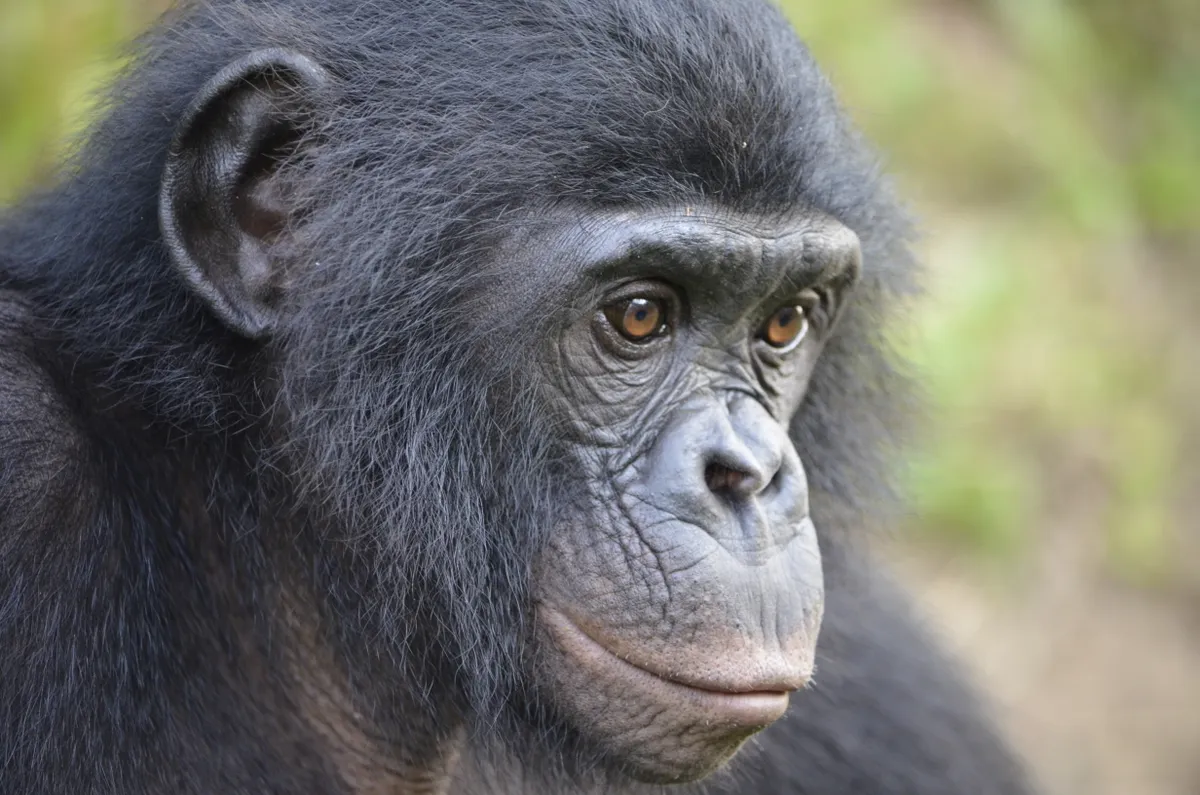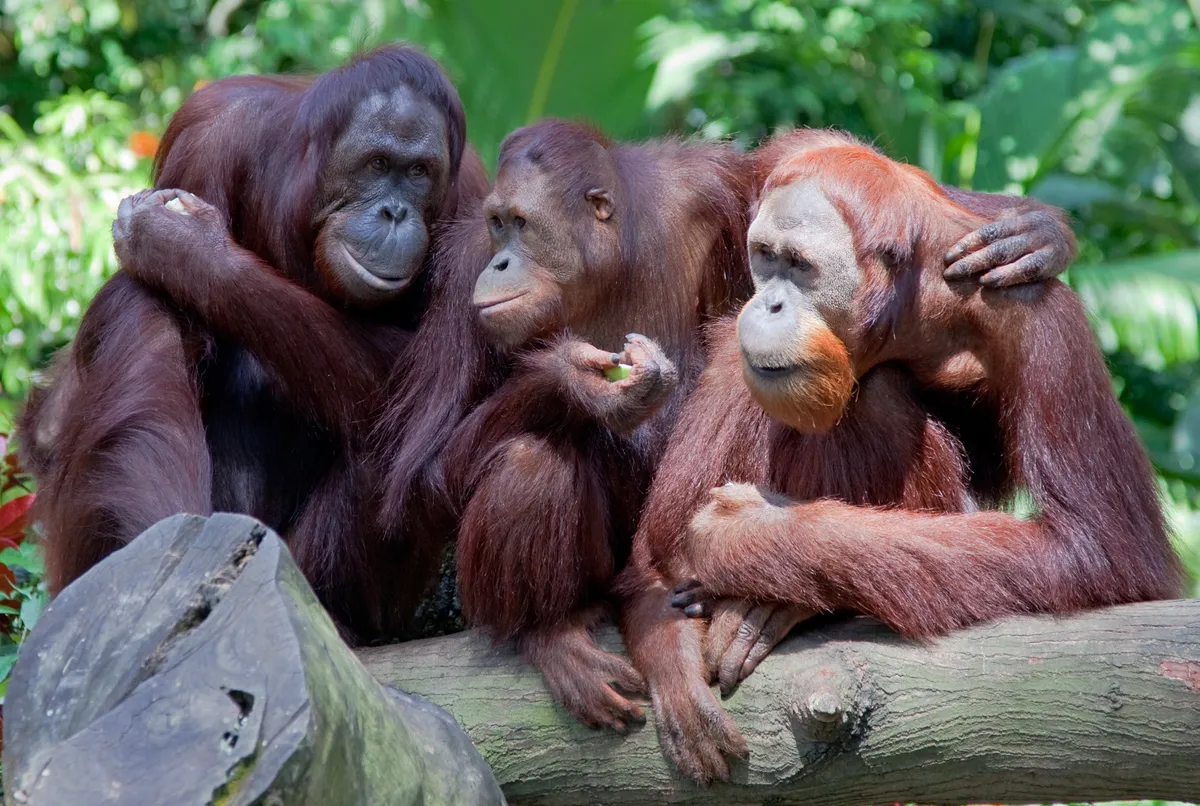A new study in PNAS may have determined that great apes possess a ‘Theory of mind’, a capacity once thought to be unique to humans. Those with a theory of mind have the cognitive ability to understand that others have mental states, beliefs, and desires that are different to their own.
This means that they are able to understand that the viewpoint of another may be different to what they see, and so others may form different beliefs. It is a critical aspect of human social interactions.
Researchers from the University of St. Andrews and Kyoto University presented chimpanzees, bonobos, and orangutans with an unusual barrier which was either opaque or see-through, but which looked the same from afar.
They then showed them videos of a human dressed as a gorilla hiding objects behind the same kind of barrier from a human actor, and tracked they eye-movements of the apes whilst they watched the videos to see if they would use their own prior experience to anticipate how the actor would behave.

The key question was, do the apes expect the human actor to experience the barrier in the same way that they did? If they experienced the barrier as see-through, did they expect the actor to behave as though he has seen through it?
The results showed that they did. They appeared to consult their own past experiences to understand the perspective of the actor.

Dr Christopher Krupenye from the University of St Andrews said, “This is an important advance in our effort to determine how richly our closest relatives can understand others’ perspectives."
“It also helps to clarify which aspects of the human mind were already present 6-9 million years ago in our common ancestor and which evolved uniquely in the human lineage after its divergence from the other apes.”
This capacity was first searched for in non-humans in the late 70’s in the seminal paper ‘Does the chimpanzee have a theory of mind?’ by Preemack and Woodruff. This was also the first use of the term which has now become wildly used in both animal and human developmental psychology.
The ability is not thought to be fully present in human infants until about the age of four years. Until this time they fail at ‘false belief’ tests. In order to pass this test children need to be able to understand that other may form untrue or false beliefs based on their own individual knowledge and reading of a situation.

The new study described here similarly tests false-belief, as it showed that the apes predicted that an actor would search for an object where he has last seen it and therefore believes it to be, even if the apes themselves know that it is no longer there. They are able to understand that the actor has different knowledge and therefore beliefs than they do.
These findings may be an important step in understanding how apes view their social word, and how this compares to humans.
Dr Fumihiro Kano, the lead author of the study explained, “Our findings suggest that humans are not the only animals who can see ‘mind’ in another.”
See below for an explainer video created by the researchers.
Read the full paper at PNAS.
Main image: Chimpanzee © DLILLC/Corbis/VCG/Getty

